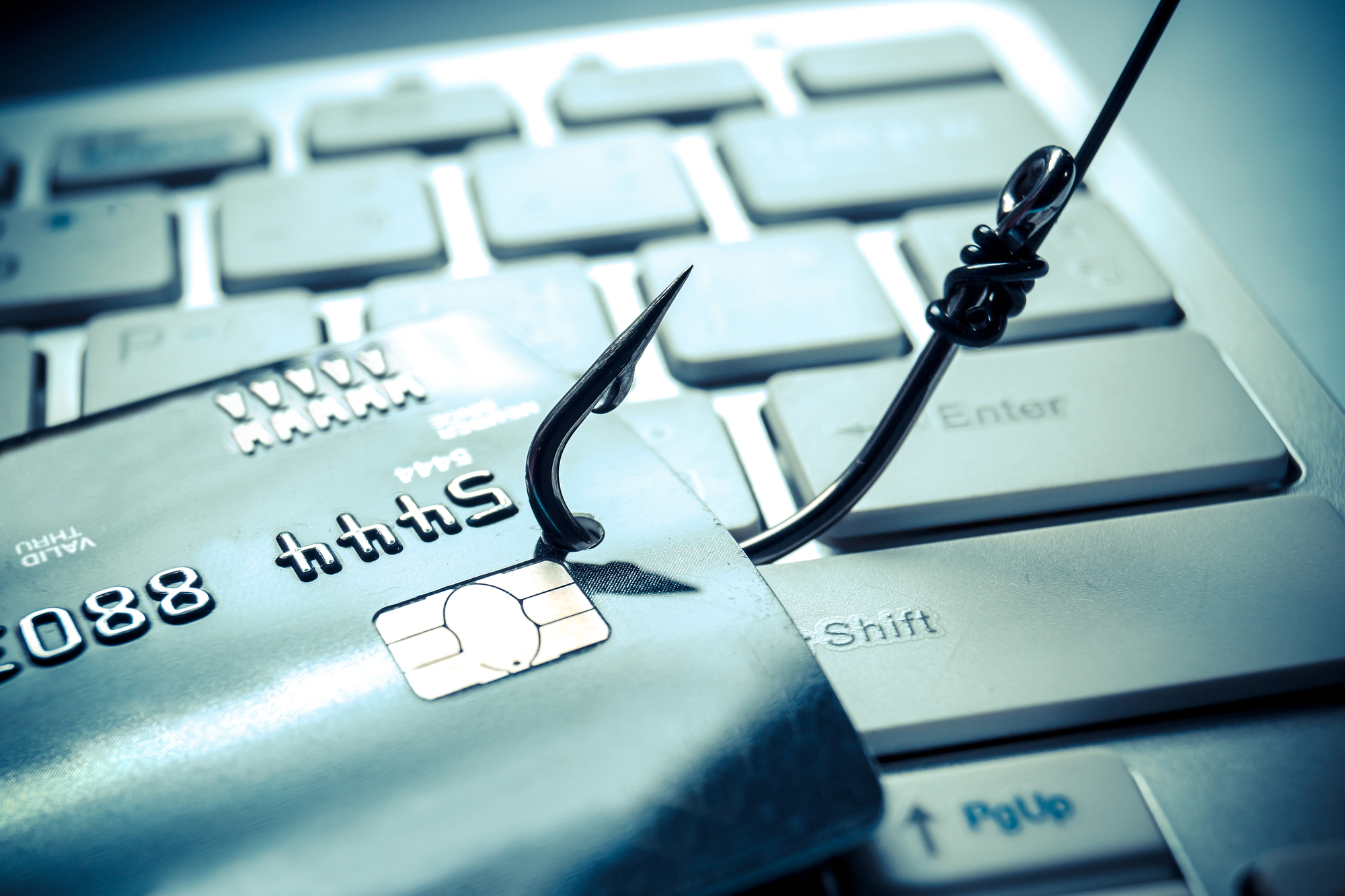How Phishing Attacks Have Evolved in 2024
Phishing attacks have been a persistent threat for years, but in 2024, they became more sophisticated and complex to detect. Cybercriminals are leveraging advanced tactics, such as AI-generated phishing emails and multi-step social engineering schemes, to trick employees and compromise business data. This evolution has led to a surge in successful phishing attempts, costing businesses millions in damages.
In 2023, the FBI’s Internet Crime Complaint Center (IC3) reported that phishing was the most common type of cybercrime, accounting for over 323,000 incidents and more than $52 million in reported losses (FBI IC3, 2023). These alarming statistics highlight the urgent need for businesses to understand the new tactics hackers are using and take proactive steps to protect themselves.
5 Ways Phishing Attacks in 2024 Have Become More Dangerous
Understanding the new strategies used in phishing attacks can help businesses stay one step ahead. Here are five ways phishing has evolved and actionable tips to keep your business secure.
1. AI-Generated Phishing Emails
In 2024, cybercriminals are using artificial intelligence (AI) to create more realistic and convincing phishing emails. AI can analyze public data, such as LinkedIn profiles and social media posts, to craft personalized messages that seem legitimate. These AI-generated emails are more effective at bypassing traditional email filters and deceiving recipients.
Tip: Implement advanced email filtering solutions that utilize AI and machine learning to detect subtle language cues and anomalies in email content. Encourage employees to report suspicious emails, no matter how convincing they appear.
2. Multi-Stage Phishing Campaigns
Instead of a single phishing email, attackers are now using multi-stage campaigns to gradually build trust with their victims. These campaigns often begin with a harmless-looking message, such as a networking invitation, and progress to more malicious requests over time. This gradual approach makes it more difficult for employees to recognize phishing attempts.
Tip: Educate your team on the signs of social engineering and implement a Zero Trust policy, where every communication, no matter how familiar, is verified before any sensitive action is taken.
3. Phishing Beyond Email: Texts and Social Media
While email remains a primary channel, phishing attacks are increasingly targeting businesses through text messages (also known as smishing) and social media platforms. With more employees using mobile devices for work, these platforms present new vulnerabilities for attackers to exploit.
According to a 2024 survey by Proofpoint, 74% of organizations experienced phishing attacks via SMS or social media, up from 61% the previous year (Proofpoint, 2024). This surge indicates that businesses must expand their awareness and defenses beyond email.
Tip: Implement security policies that cover all communication channels and conduct regular training sessions to teach employees about the risks of smishing and social media scams.
4. Deepfake Phishing Attempts
Deepfakes, or AI-generated images and videos that mimic real people, are being used in phishing schemes to create fraudulent video or voice messages. These tactics make it easier for cybercriminals to impersonate executives or partners, making phishing attempts even more believable.
Tip: Establish clear verification protocols for video or voice-based requests, especially those involving sensitive data or financial transactions. Utilize multi-factor authentication (MFA) as an additional layer of security.
5. Increased Targeting of Specific Job Roles
Cybercriminals are targeting specific roles within organizations, such as HR personnel or financial officers, to increase the chances of a successful phishing attempt. These employees often have access to sensitive information, making them prime targets.
Tip: Provide role-specific cybersecurity training and set up additional layers of protection, such as limiting access to sensitive information based on job roles.
How to Protect Your Business from Phishing Attacks in 2024
Phishing attacks are not going away—instead, they’re becoming more sophisticated. To protect your business, consider the following steps:
- Adopt a Multi-Layered Security Approach: Utilize email filters, advanced endpoint protection, and secure communication channels.
- Invest in AI-Based Security Solutions: Leverage AI and machine learning to detect and block phishing attempts more effectively.
- Foster a Culture of Cybersecurity Awareness: Regularly update employees on the latest phishing tactics and encourage a proactive security mindset.
- Implement a Zero Trust Framework: Verify every communication, transaction, or request before taking any action.
Conclusion
Phishing attacks have evolved dramatically in 2024, making them more dangerous and difficult to detect. By staying informed about these new tactics and adopting a proactive security strategy, your business can reduce its risk of falling victim to a phishing attack. Remember, cybersecurity is a shared responsibility—educating your team and implementing strong defenses are key to keeping your business secure.
References:
- FBI Internet Crime Complaint Center. (2023). 2023 Internet Crime Report. Retrieved from FBI IC3
- Proofpoint. (2024). State of the Phish Report 2024. Retrieved from 2024 Proofpoint State of the Phish



